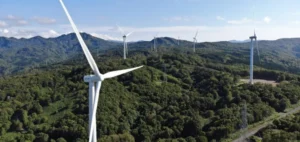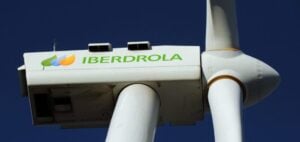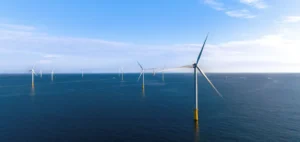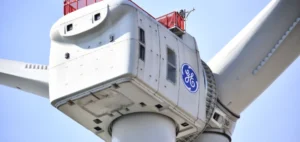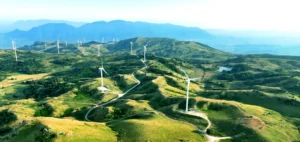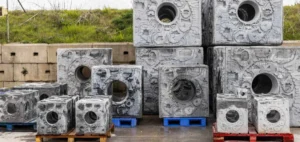The war in Ukraine has reshaped the country’s energy strategies. Facing Russian attacks on critical infrastructure, Ukraine is now focusing on a decentralized and resilient energy model. According to Maxym Timchenko, CEO of DTEK, the nation’s largest private energy producer, this transition is driven by the urgent need to secure energy supplies while reducing reliance on fossil fuels.
At the World Economic Forum in Davos, DTEK announced a historic €450 million investment for the purchase of 64 turbines from Danish manufacturer Vestas. These turbines will facilitate the expansion of the Tyligulska wind farm near the Black Sea. Partially financed by loans guaranteed by the Danish public fund EIFO, this project underscores Ukraine’s commitment to diversifying its energy sources despite ongoing challenges.
Energy resilience at the core of strategy
Wind and solar energy play a key role in this transformation. Unlike thermal and hydraulic power plants, renewable energy infrastructure is harder to target and destroy. According to Timchenko, each turbine can be connected to the grid as soon as it is installed, offering valuable flexibility. The goal is to add 60 megawatts to the grid by winter 2025 and reach a total capacity of 500 megawatts by the end of 2026. This would provide enough electricity for approximately 900,000 Ukrainian households.
Ongoing future projects
Simultaneously, DTEK is working on an energy storage project in partnership with Fluence, a German-American company specializing in this field. This infrastructure, expected to be operational by October, is part of a broader effort to ensure energy security. The company is also exploring new partnerships to develop additional wind farms, further solidifying its position in the renewable energy sector.
Currently, solar and wind power account for only 10% of Ukraine’s total electricity production, compared to 20% from gas and coal plants and 55% from nuclear energy. While the existing model remains vulnerable to Russian strikes, initiatives like DTEK’s aim to mitigate these risks by multiplying decentralized installations.
Challenges for a pressured sector
Since the beginning of the war, Ukraine’s energy infrastructure has faced repeated attacks. In 2024, all of DTEK’s power plants were targeted, leading to temporary shutdowns and a loss of production capacity. Despite this, approximately 60% to 70% of total production has been restored, allowing the country to avoid major blackouts through imports and reduced energy consumption.
Maxym Timchenko remains optimistic about the country’s ability to maintain stable supplies this winter. This confidence stems from combined efforts to diversify energy sources, protect infrastructure, and mobilize international funding.




